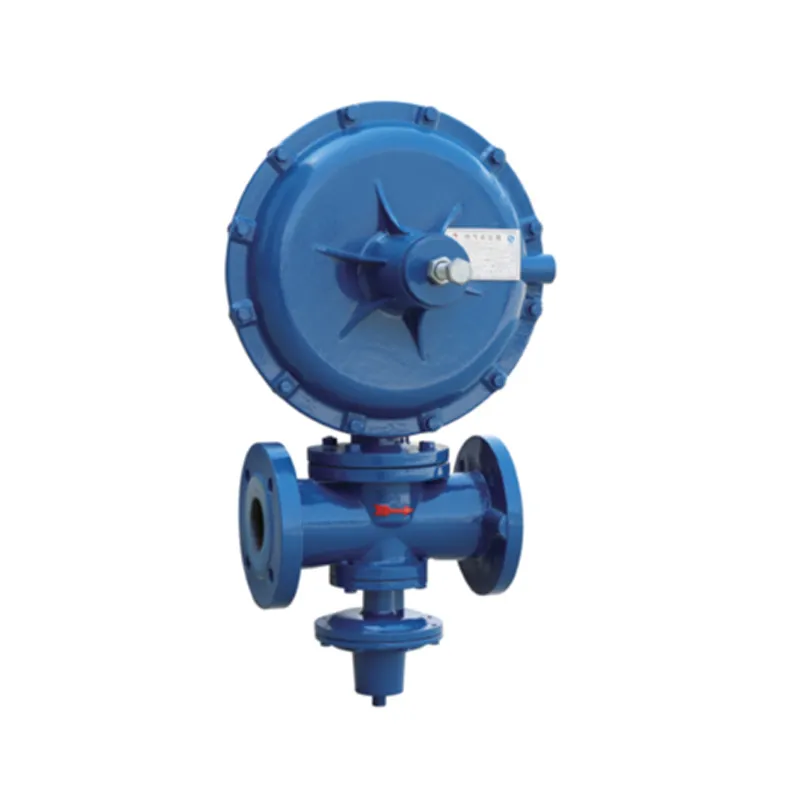
Dec . 29, 2024 12:19
Back to list
Understanding the Importance and Function of Gas Safety Valves in Modern Systems
Understanding Gas Safety Valves Importance, Types, and Maintenance
Gas safety valves play a critical role in ensuring the safe operation of gas appliances and systems. These essential devices help prevent dangerous situations caused by excessive pressure, which can lead to leaks or even catastrophic explosions. This article explores the importance of gas safety valves, the different types available, and some best practices for maintenance to ensure their optimal performance.
The Importance of Gas Safety Valves
Gas safety valves are designed to relieve excess pressure in gas systems, thus protecting both the equipment and the people around it. In many industrial and commercial settings, gas is used for heating, cooking, or powering machinery. When pressure builds up beyond safe levels due to flow restrictions or other operational issues, it can result in severe accidents. Gas safety valves act as a first line of defense, automatically releasing gas when pressure thresholds are exceeded, maintaining system integrity, and preventing hazardous situations.
Moreover, regulatory compliance is a significant factor in the mandatory use of gas safety valves in various applications. Regulatory bodies require specific safety measures to minimize risks associated with gas systems. Failing to install or maintain these safety devices can lead to legal issues as well as considerable financial implications from accidents or safety violations.
Types of Gas Safety Valves
Gas safety valves come in various designs, each tailored to suit different applications and requirements. Some of the most common types include
1. Relief Valves Also known as pressure relief valves (PRVs), these are designed to open when the pressure exceeds a predetermined set point, allowing excess gas to escape. They are commonly used in large industrial systems and must be calibrated carefully to ensure proper function.
2. Safety Shutoff Valves These valves automatically close when a system fault occurs, shutting off the gas supply to prevent leaks or further pressure increases. They are often employed in residential gas appliances such as furnaces, water heaters, and stoves.
3. Automatic Vent Valves These valves allow for the release of gas or vapor into the atmosphere automatically when pressure conditions dictate but will close again once normal pressure has been restored. They are vital for maintaining safe operating conditions in many systems.
gas safety valve

4. Excess Flow Valves Designed to close when gas flow exceeds a safe limit, excess flow valves prevent leaks and minimize the risk of accidents. These are essential at points where gas is distributed to different sections of a facility.
Maintenance of Gas Safety Valves
Regular maintenance of gas safety valves is crucial for ensuring their reliability and effectiveness. Here are some best practices
- Routine Inspections Regular checks should be performed to ensure that valves are functioning correctly and are free from debris or corrosion. Inspect seals and connections for wear and tear.
- Testing and Calibration Gas safety valves should be tested periodically to confirm they operate within necessary pressure limits. Calibration may be required to maintain accuracy.
- Documentation Keep thorough records of inspections, tests, and maintenance performed on each valve. This documentation can prove invaluable for regulatory compliance and future reference.
- Professional Assistance Engage qualified technicians to perform maintenance and repairs. Attempting to service complex valves without proper knowledge can be dangerous.
Conclusion
Gas safety valves are indispensable components in any gas system, providing safety and regulatory compliance. Understanding the different types and maintaining them effectively can significantly reduce risks and enhance the performance of gas appliances. By prioritizing safety and adhering to best practices, individuals and organizations can create a safer working environment for everyone.
Next:
Latest news
-
Safety Valve Spring-Loaded Design Overpressure ProtectionNewsJul.25,2025
-
Precision Voltage Regulator AC5 Accuracy Grade PerformanceNewsJul.25,2025
-
Natural Gas Pressure Regulating Skid Industrial Pipeline ApplicationsNewsJul.25,2025
-
Natural Gas Filter Stainless Steel Mesh Element DesignNewsJul.25,2025
-
Gas Pressure Regulator Valve Direct-Acting Spring-Loaded DesignNewsJul.25,2025
-
Decompression Equipment Multi-Stage Heat Exchange System DesignNewsJul.25,2025

